Current Catalysts: Game-Changing Developments in Car Battery Technology
May 07, 2025

May 07, 2025

May 07, 2025

May 07, 2025

May 06, 2025

May 05, 2025

May 04, 2025

May 03, 2025

Apr 30, 2025
Sorry, but nothing matched your search "". Please try again with some different keywords.


One of the essential things you can do for your content is to optimize it for both search engines, like Google, and users.
Writing SEO-friendly content, on the other hand, takes time and work. But, if you do it correctly, you can anticipate it to give you great results in the future.
Many individuals believe that user-friendly content can’t be SEO-optimized. This is a complete myth because high-quality content that is well-optimized effectively increases your chances of ranking better in search results.
In order to give you higher rankings in search engines, here are ten tips for SEO-friendly content.
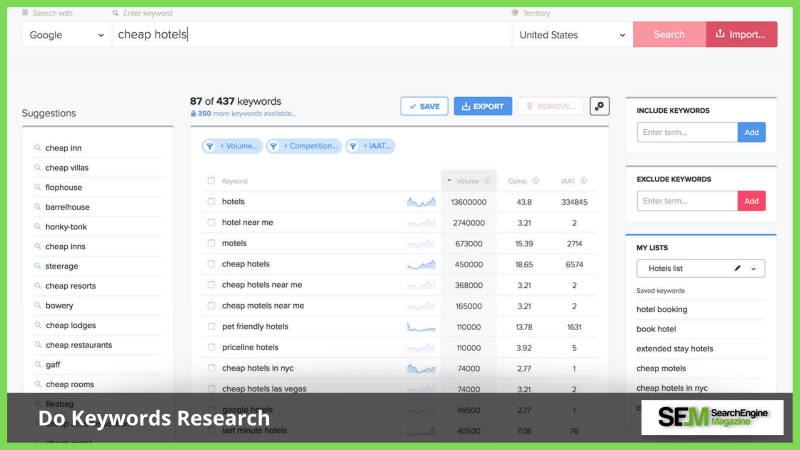
Although SEO is heading in the direction of encouraging users to develop thoughtful content, keywords will always be significant. Finding the main keywords will help you in dominating search results and satisfying the needs of your target audience.
Define these when choosing your target keywords:
Of course, if you have no idea how to complete strong SEO content, or you have no time to research the question, you can always get in touch with academic experts from https://cwassignments.com, and they will assist you with any homework assignment.
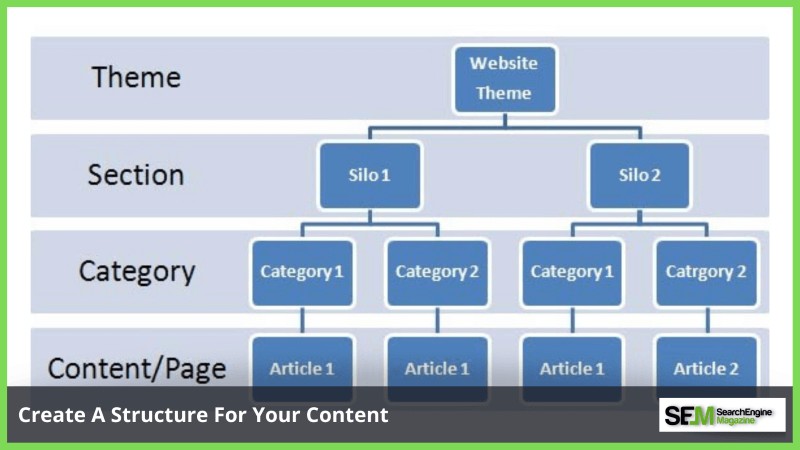
A good framework is necessary for creating readable and SEO-friendly content. It requires that every blog has an introduction (where you establish your topic), a body (where you write the major message), and a conclusion (where you summarize the main ideas or draw a conclusion).
First, write everything you need to write in those three areas in a bunch of sentences. After you’ve finished writing your post’s summary, you’ll have to write the actual blog. This will assist in writing understandable and well-structured blog content.
Related Guide: SEO Copywriting: How to Write Content Your Readers, Google Will Love?
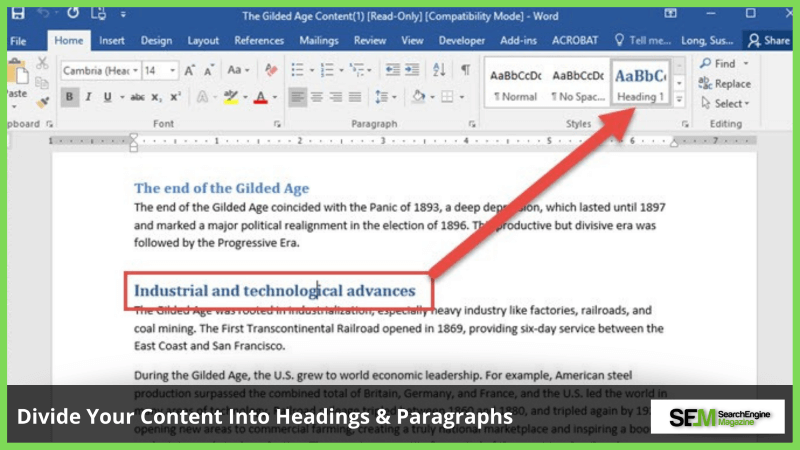
Everyone loves using paragraphs, even though not everyone uses them effectively. While it may look great, don’t begin each sentence fragment on new lines.
Moreover, don’t make the paragraphs too long, and keep the focus of each paragraph unique. Identify what the main idea of a paragraph is and summarize it in a single sentence. In case it takes you more than one sentence to summarize a paragraph, divide it into two.
With proper titles, your readers can comprehend what a particular part of your blog is about. Moreover, use subheadings to guide people through your content; subheadings make it easier for people to scan the page and understand how your content is organized.
They’re essential for readability and good SEO. Therefore, we recommend adding your keywords to some subheadings. However, not in each one of them, as that may make the blog post look unnatural. This can hinder people from wanting to read.
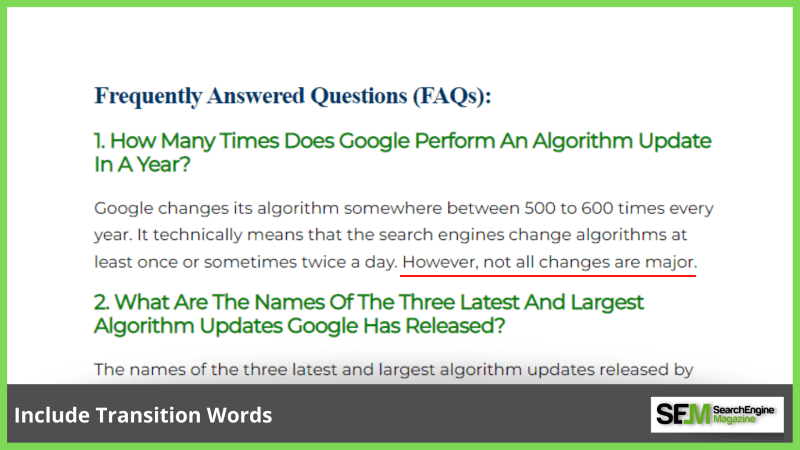
Readers can look at your writing better and understand the relationship between paragraphs easily if you use transition words.
As an example, consider that there are three reasons why prospects should buy a product. You need to use signal phrases to move your readers through your content. Words like “firstly,” “secondly,” and “lastly” are great signal words to use.
Words like ‘similarly,’ ‘however,’ etc., send a clear message to your viewers. Using words like ‘summarizing’ or ‘in brief’ tell readers that there is a conclusion. Therefore, transition words give structure to your content.
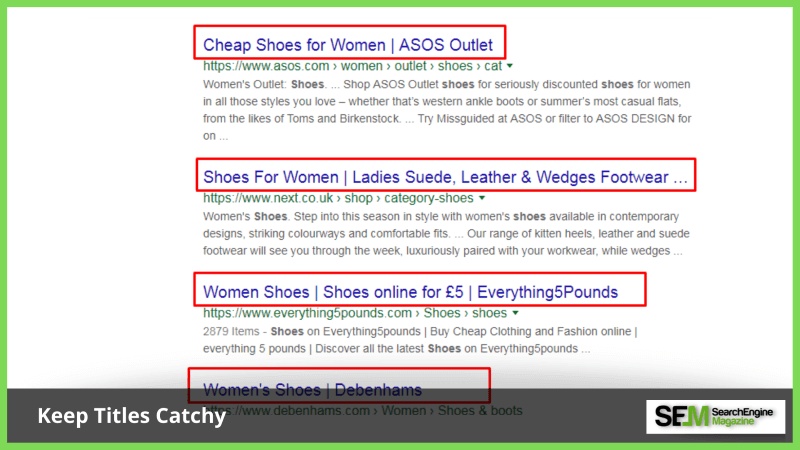
Titles have a significant impact on SEO as well as user-friendliness.
Readers will be able to identify what your blog article is about and what they will gain from reading it if you use comprehensive and catchy titles.
To improve your chances of performing better, use these simple SEO methods to optimize your titles:

Keep your blog posts at least 300 words long; however, you must keep the content balanced. Google prefers long articles, but keeping them too long may bore your audience.
Only write long articles when you have command and skill on the topic because a lengthy post is expected a lot from your audience.
Therefore, it must give them insightful details about the topic. Moreover, use keywords throughout your content to make it SEO-friendly! Furthermore, divide the text into paragraphs, headings, and subheadings, and use pictures to break the text to increase readability.

If you’ve written on similar topics before, make sure to link them. This will demonstrate your authority in the industry and boost your new and previous posts. Moreover, your click-through rates will increase, as well as the time an individual spends on your website.
In addition to this, Google prefers websites that are well-structured. Therefore, your chances of ranking higher can increase if you link web pages together.
In this article, we have discussed methods to make your content SEO friendly.
Tips include conducting keyword research, structuring the article, using headings and paragraphs, using transition words, optimizing the length, as well as linking to existing blog posts.
We hope this guide helps you in writing SEO-friendly content that ranks well on search engines!
Read Also
Mashum Mollah is the feature writer of SEM and an SEO Analyst at iDream Agency. Over the last 3 years, He has successfully developed and implemented online marketing, SEO, and conversion campaigns for 50+ businesses of all sizes. He is the co-founder of SMM.
View all Posts
Current Catalysts: Game-Changing Developments...
May 07, 2025
Effective SEO Solutions for Businesses: Boost...
May 07, 2025
Mango AI: Is This AI-Driven Media Creation To...
May 07, 2025
Key Strategies for Winning at Skill-Based Gam...
May 06, 2025
Design: Which 3D Rendering Firm Is Right for ...
May 05, 2025

